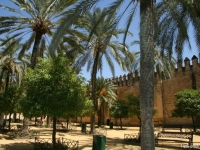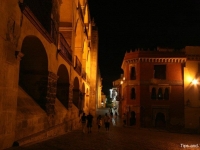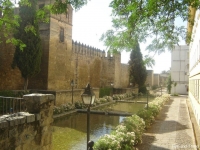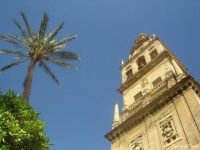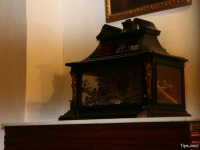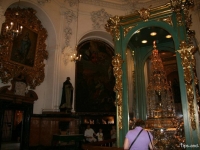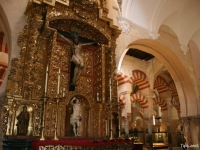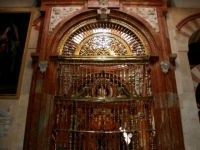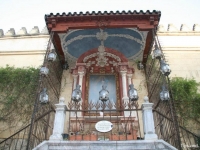Porto Seguro, located in the South of the State of Bahia, 750 km from El Salvador, is a popular tourist place with wonderful beaches. Its climate is an eternal spring (18 to 30 ° the whole year) and the kindness and the hospitality of its inhabitants are essential to a quiet life or to live when we decide not to work any more. There are a large number of hotels and motels and small houses near the beach to rent with a Brazilian atmosphere and the feet on the sand and into sea. At the seaside, you have plenty of bars where it is possible to spend the whole day, with toilets, showers, a beautiful shade under palm trees, necessary especially in the full sunny days and you can use the facilities with a required consumption. The city has everything you need, stores of any kind, no worries, everything is at your hand. You can visit the historic centre or take guided excursions to know the region and the other beaches nearby. At night, you have full of activities as: bars, restaurants, discos, shows of capoeira (Brazilian typical dance), etc.
Tips
Before you install in a bar on the beach, ask the waiter what, it is the consumption required to avoid surprises. If you want to spend the whole day, it’s worth it because you will be very well served and you’ll have all that is necessary on the spot, no need to worry about leaving your belongings when you go to the sea because people in the bar will check them for you.
It is better not to bring nothing to eat or drink at the beach because due to the hot weather, you can not keep your food in good conditions. Bars serve fresh and natural juices throughout the day and it is not expensive even like eating typical food as fish and vegetables. Healthy and delicious food.
If you want to buy souvenirs, the beach is a nice place to do it because there are many artisans that sell their products directly on the spot or vendors who bring them to your hands. Note that it is still possible to have a price reduction by asking. Brazilian cotton is very good and fabrics are generally well resistant and colors hold really well.
If you are a bit far from the beach, note that you can arrange a price with a taxi driver who will take you and will pick you up at the time indicated to bring back you to your hotel. You will go much more comfortable than by bus and at the time you want.
Invalid Displayed Gallery
